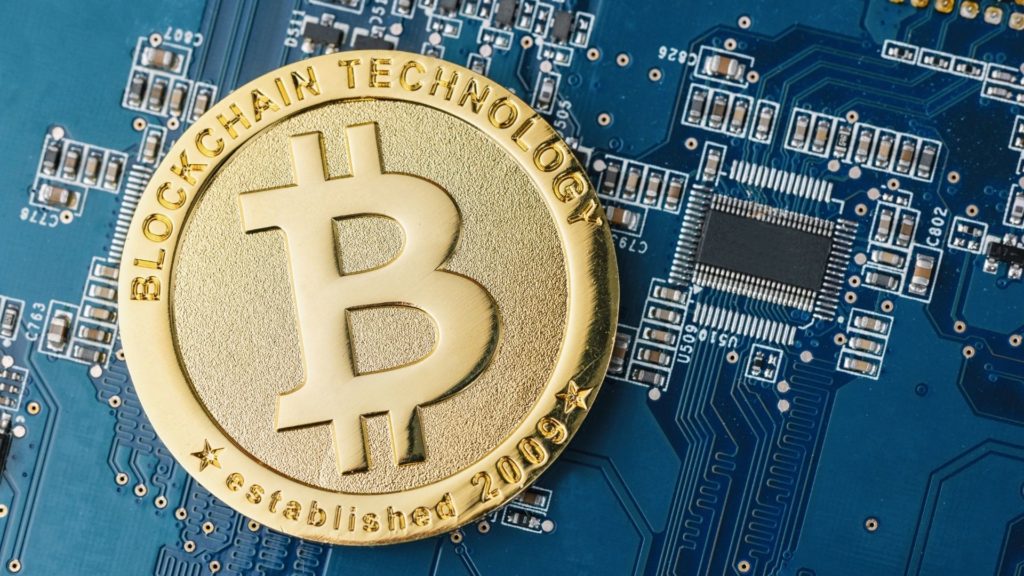
In April 2020 you may have missed it, but amid the raging pandemic, Chinese Central Bank has officially announced the introduction of their CBDC (Central Bank Digital Currency). Digital yuan is of course still a big unknown for the world outside of China, but the innovation has fueled the debate about CBDCs all over the world. Since then, major economies have openly admitted that they are joining the ‘race’. Among those, you can find the United Kingdom, which has used a strong political momentum to implement the digital pound.
Rishi Sunak, the Chancellor of Exchequer, has announced that the special Taskforce will be brought to life to develop the English CBDC by the name of ‘Britcoin’. Also, the European Central Bank has been suggesting that the research is due to take place for their own CBDC, although the potential full-scale release could be taking place in a few years’ time.
Of course, the whole concept of CBDC is controversial to a certain degree. Many are seriously concerned about the potential physical cash use decline, and therefore the decline of the number of ‘anonymous’ transactions. Also, the CBDCs will certainly disrupt the already-established models and solutions in conventional banks and could possibly take the commercial banks out of the retail payment system.
The possible outcomes of CBDC introduction could be much bigger than this, though. Foreign exchange market may start acting completely different, should the traders be inclined to fund-transferring the cryptos backed by the state. But these are only the possibilities, and due to the lack of know-how, all this needs to be researched and discussed. The Bank of England has published something called a ‘Discussion Paper’, which is supposed to broaden the discussions about the newly researched forms of digital money-introduction.
The Discussion Paper 2021 issued by the Bank of England considers the below issues:
- The role that the money plays in the economy;
- Public policy objectives and the cooperation with other United Kingdom’s authorities;
- The scenario for the need of issuing new forms of CBDC modelled by the staff of the Bank of England;
- The implications for the economic stability. The paper aims to discuss five issues that will arise from newly invented forms of money. These include:
- public confidence in payments and money, and its roles in the financial system;
- the liquidity resilience of the banking sector;
- conditions of credits;
- the functioning of the money market;
- the changes in the monetary policy – the transmission and implementation of new solutions.
- The regulatory environment. Who will lay the groundwork for CBDC innovations? This needs to be clearly formulated before anyone even tries to experiment with the newly formed Central Bank Digital Currency. This is much needed for the safety of users, the Bank of England, and actually the whole system.
The Discussion Paper from 2020 has been summarized and the findings are as following:
- The financial inclusion shall be indispensable in the process of designing any Central Bank Digital Currency;
- The newly formed system needs to be competitive, so that it will support innovation among the diverse participants’ group;
- The Bank’s responsibility is to assess, if the traditional (non-CBDC) payments should eventually bring the same benefits;
- Users’ privacy is the key to the sound functioning of any Central Bank Digital Currency;
- CBDC should not, by any means, harm Bank of England’s ability to offer the financial and monetary stability. It should only be considered as a form of enhancing the Bank’s possibility, and not as an alternative that contradicts the effective operations and realization of the goals.
If you want to get to know a bit more about both these Discussion Papers, you should visit the Disruption Banking page, where you will find a fascinating piece about the topic: https://disruptionbanking.com/2021/06/07/bank-of-england-publishes-discussion-paper-on-new-forms-of-digital-money-and-summarises-responses-to-the-2020-discussion-paper-on-central-bank-digital-currency/.
